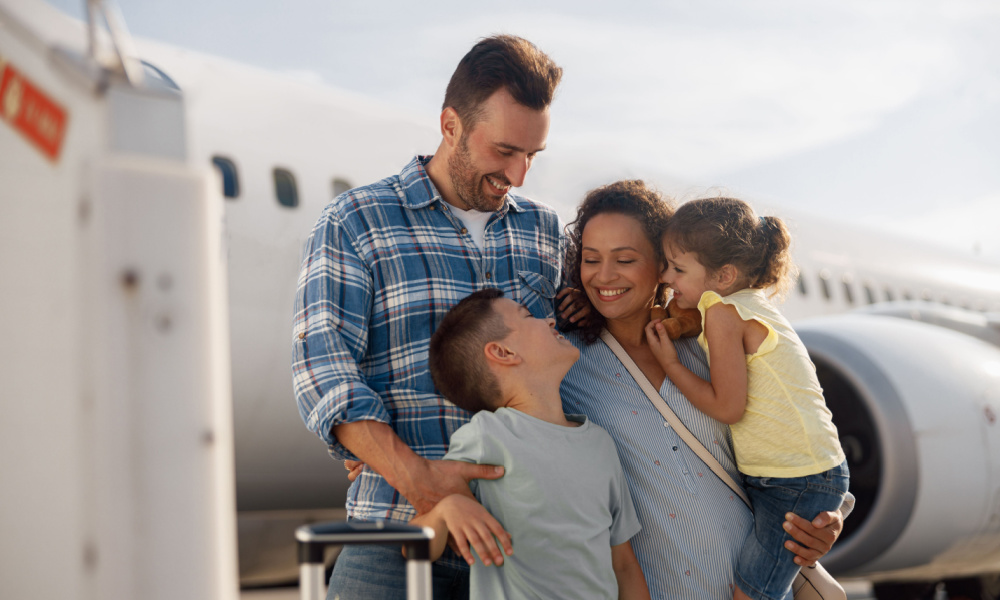When it comes to traveling with a child with autism, preparation and understanding are key. These journeys can be challenging yet rewarding experiences for both the child and the family. With the right strategies in place, you can create memorable experiences that cater to your child’s unique needs.
Autism spectrum disorder (ASD) presents distinct challenges, especially when it involves travel. However, with careful planning, patience, and the right resources, traveling with a child with autism can be a joyful experience.

Understanding Autism and Travel
Every child with autism is unique, and so are their needs. Understanding these needs is the first step in planning a successful trip. Children with autism may have sensory sensitivities, communication difficulties, and require structured routines. Recognizing these aspects can help in creating a travel plan that is accommodating and enjoyable for the child.
Sensory Sensitivities
Many children with autism experience sensory overload. The noise of an airport, the hustle of a crowded tourist attraction, or the confined space of an airplane can be overwhelming. Planning ahead to minimize these sensory challenges is crucial. Consider noise-canceling headphones or quiet zones where your child can retreat to if needed.
Communication Needs
Communication can be another hurdle. Some children may have difficulty expressing their needs or understanding others. Visual aids, apps, and other communication tools can be helpful. Familiarize yourself with these tools before the trip to ensure smooth communication.
Planning Your Trip
Choosing Your Destination
Not all destinations are equally suitable for children with autism. Look for places that offer sensory-friendly attractions and have a reputation for being accommodating to families with special needs. Some destinations even have autism-friendly initiatives, like sensory maps and trained staff.
Accommodations
When booking accommodations, consider the specific needs of your child. Look for hotels that offer quiet rooms, have flexible meal options, or are located away from busy streets. It’s also beneficial to inform the hotel staff about your child’s needs in advance.
During the Trip
Maintaining Routines
Children with autism often thrive on routine. Try to maintain a similar schedule to what your child is used to at home. This includes meal times, sleep schedules, and daily activities. Bringing familiar items from home can also provide comfort and help ease anxiety.
Engaging Activities
Plan activities that are both engaging and suitable for your child. Parks, museums, and interactive exhibits can be excellent choices. Ensure that you have a mix of structured and free time to accommodate your child’s needs and energy levels.
Handling Challenges
Despite careful planning, unexpected challenges can arise. It’s important to remain flexible and patient. Having a backup plan and being prepared to change your itinerary can help manage any disruptions smoothly.
For more tips on handling travel anxiety in children, you can visit this resource.
Post-Trip Reflections
Evaluating the Experience
After returning home, take some time to reflect on the trip. What worked well? What could be improved for next time? Involve your child in this process, encouraging them to share their thoughts and feelings about the experience.
Memorable Moments
Celebrate the positive moments and accomplishments from the trip. Creating a photo album or scrapbook can be a great way to cherish these memories and provide a visual reminder of the successful journey.
Additional Resources
There are numerous resources available for families traveling with children with autism. Joining online communities and forums can provide valuable insights and support from other parents who have similar experiences.
For more tips on traveling with kids, you can explore this external resource.
FAQ Section
What are the best travel destinations for children with autism?
Destinations that offer sensory-friendly activities and accommodations are ideal. Research locations that have autism-friendly initiatives.
How can I prepare my child for travel?
Prepare your child by discussing the trip in advance, using visual aids, and maintaining routines as much as possible.
What should I pack when traveling with a child with autism?
Pack familiar items that provide comfort, noise-canceling headphones, communication tools, and any necessary medication or documentation.

Conclusion
Traveling with a child with autism requires thoughtful planning and understanding, but the rewards are plentiful. By considering your childs unique needs and preparing accordingly, you can create positive travel experiences that enrich both your childs life and your own.
This article contains affiliate links. We may earn a commission at no extra cost to you.




